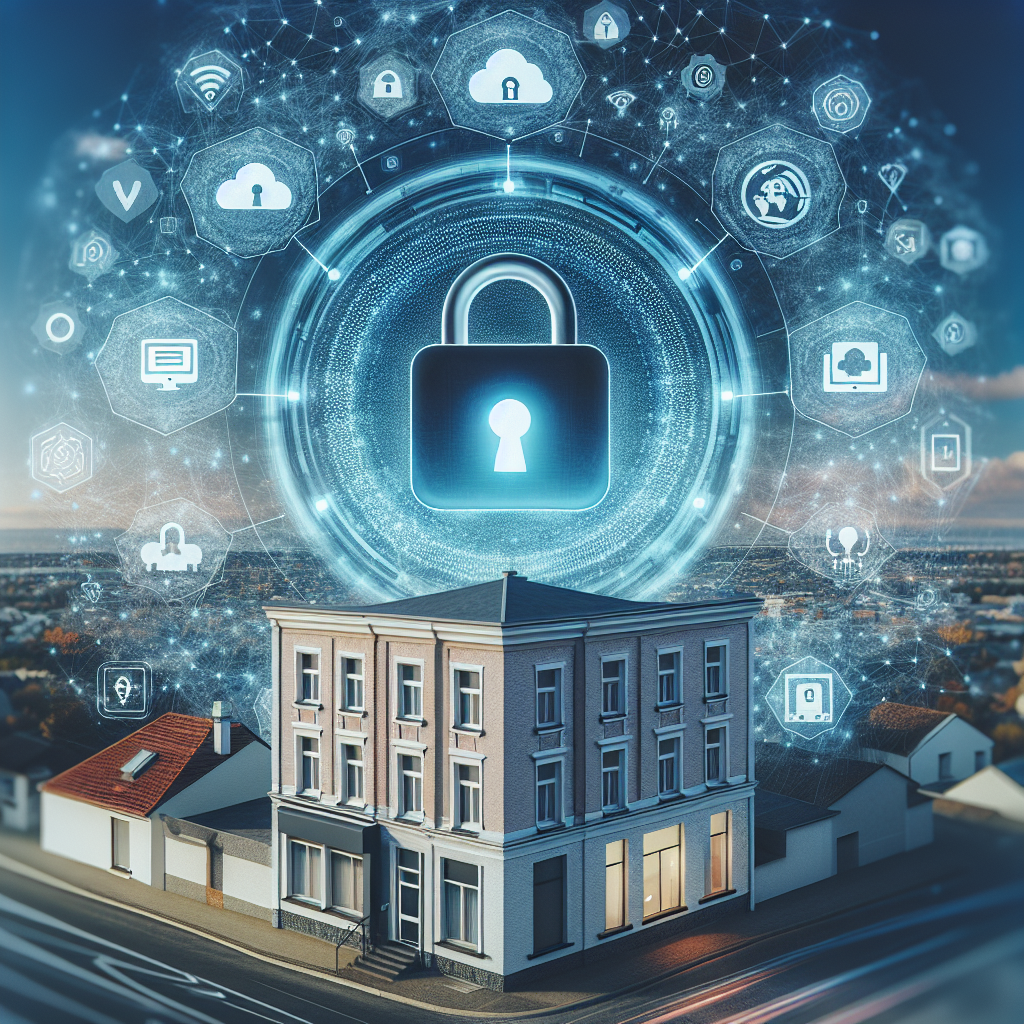
The world is more connected than ever before. From smart home devices to industrial machines, the Internet of Things (IoT) is revolutionizing how we interact with technology. However, with the convenience of these connected devices comes the challenge of maintaining robust cybersecurity measures. As IoT continues to expand, so does the surface for potential cyber threats. This post will guide insurance professionals and agency owners through best practices for securing IoT devices and networks, highlight emerging technologies that enhance security, and discuss industry standards to ensure a secure IoT ecosystem.
As we step into the IoT era, the number of connected devices globally is projected to reach an astonishing 30 billion by 2030【4:0†source】. These devices are integrated into everything from homes to businesses, offering unparalleled convenience, but they also expose vulnerabilities.
Each IoT device represents a potential entry point into a network. For insurance agencies that handle sensitive customer data, this exposure can lead to significant financial losses including hefty fines from regulatory bodies.
Lack of Security Updates: Many IoT devices do not receive regular security patches, making them susceptible to exploitation.
Weak Default Passwords: Many users neglect to change default passwords, which are often easily guessable.
Data Privacy Concerns: With IoT devices collecting vast amounts of data, ensuring that this information is secured from unauthorized access is critical.
Given these vulnerabilities, it’s clear why insurance agencies need to prioritize cybersecurity measures.
Secure your agency now with a FREE Cyber Security Assessment! Identify your vulnerabilities before it’s too late. Click here to schedule: https://cyberfin.net/cybersecurity-assessment/ 🔒
Implementing effective cybersecurity practices can significantly reduce risks associated with IoT devices. Here are key practices to consider:
Start by taking an inventory of all IoT devices in your network. Categorizing these devices based on their purpose and sensitivity can help prioritize security measures. For example:
Always change default passwords to complex, unique passcodes for each device. Consider implementing multi-factor authentication (MFA) where possible, adding another layer of protection against unauthorized access.
Keeping the firmware and software on your IoT devices updated is essential for mitigating vulnerabilities. Many manufacturers release updates that protect devices from known threats.
Segmenting your network can isolate IoT devices from critical business IT infrastructure. This way, even if a device is compromised, it limits potential access to sensitive systems.
Regular monitoring of network traffic related to IoT devices can help spot unusual activity early. Be on the lookout for spikes in data transmission or attempts to access unauthorized areas of the network.
By adopting these practices, insurance agencies can create a strong cybersecurity culture and protect their networks from IoT vulnerabilities.
As the cybersecurity landscape evolves, new technologies are coming to the fore that enhance the protection of IoT devices. Some of these technologies include:
Utilizing artificial intelligence (AI) and machine learning can significantly improve threat detection and response times. These technologies analyze behavior and patterns within the network, enabling organizations to spot anomalies that may indicate a breach before it escalates.
Blockchain offers a decentralized approach, allowing devices to communicate securely. This technology ensures that data transmitted between devices is encrypted and cannot be tampered with, making it a powerful ally in securing IoT data.
The zero-trust model advocates that no one inside or outside the network should be trusted by default. Every user must be verified, and every device authenticated, before being granted access to resources. Many organizations are embracing this approach to strengthen their IoT security posture.
Adhering to established industry standards is crucial for maintaining a secure IoT ecosystem. Organizations like the Internet Engineering Task Force (IETF) and the National Institute of Standards and Technology (NIST) provide important guidelines about IoT security best practices.
These technologies offer opportunities to not only secure existing devices but also to future-proof your IoT strategy as new devices challenge the boundaries of cybersecurity.
The integration of IoT devices brings both remarkable benefits and significant challenges. For insurance agencies, understanding the risks and implementing robust cybersecurity measures is not just a good practice, but a necessity. By adopting best practices, leveraging emerging technologies, and adhering to industry standards, you can create a secure environment for your connected devices.
Take the first step towards securing your agency’s future. Schedule a FREE Cyber Security Assessment today, and protect your operations before it’s too late! Click here: https://cyberfin.net/cybersecurity-assessment/ 🔒
In this interconnected world, being proactive about cybersecurity can safeguard your agency and maintain the trust of your clients. Let’s make sure your devices are not only connected but also protected.